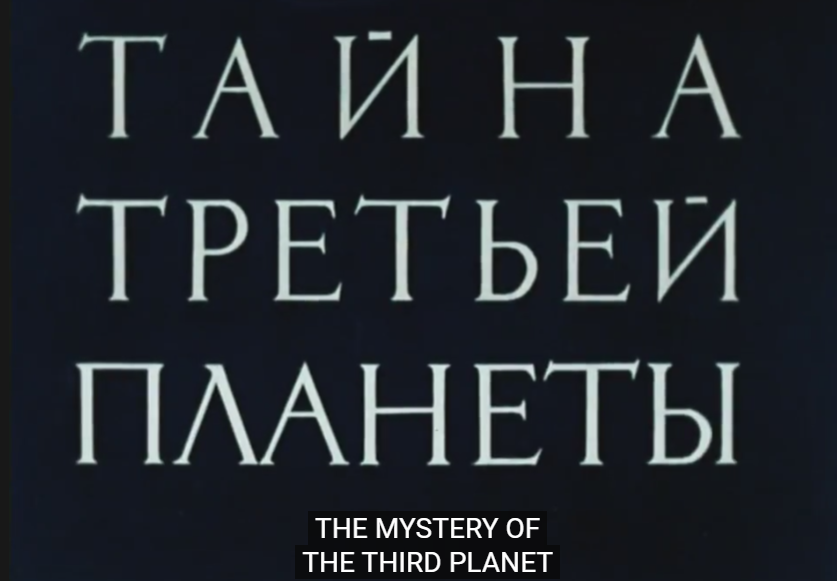
#503 – The Mystery of the Third Planet (1981)

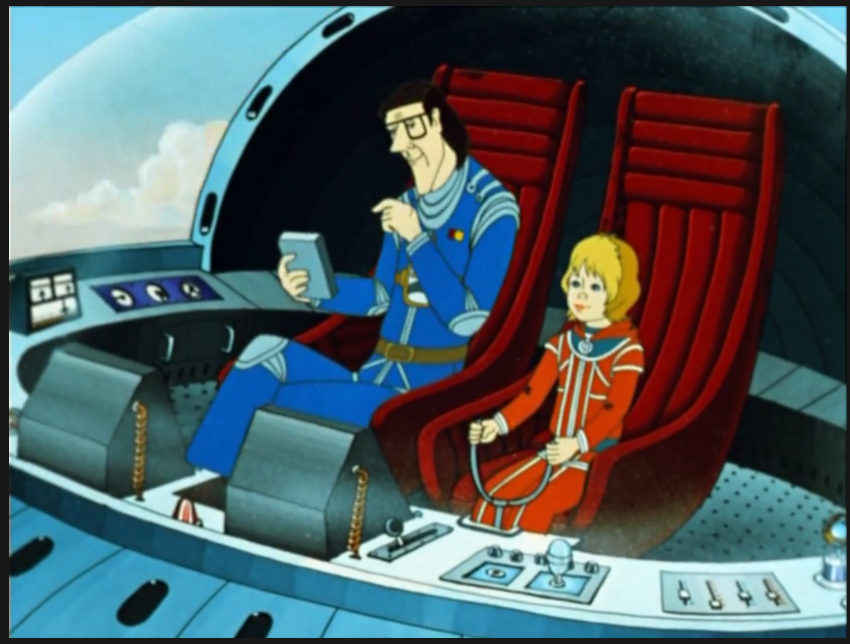
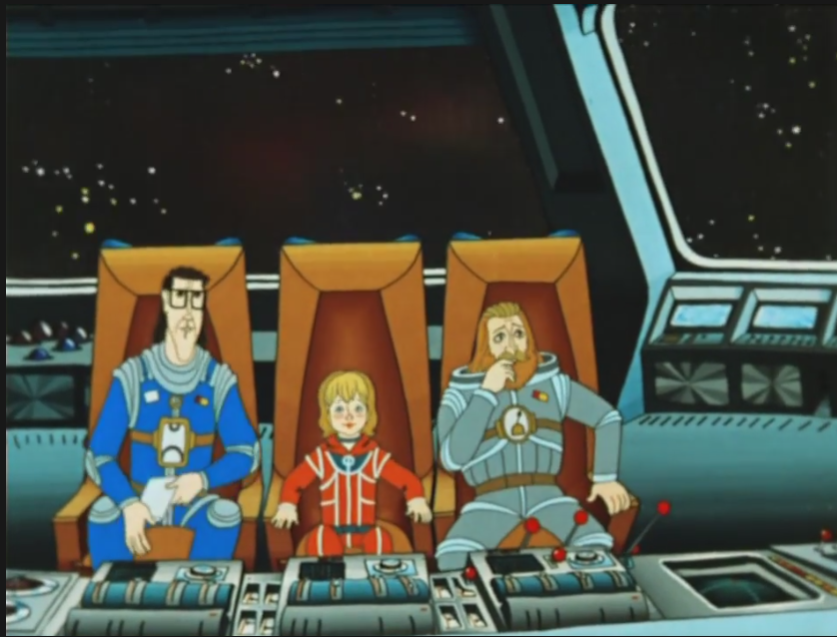
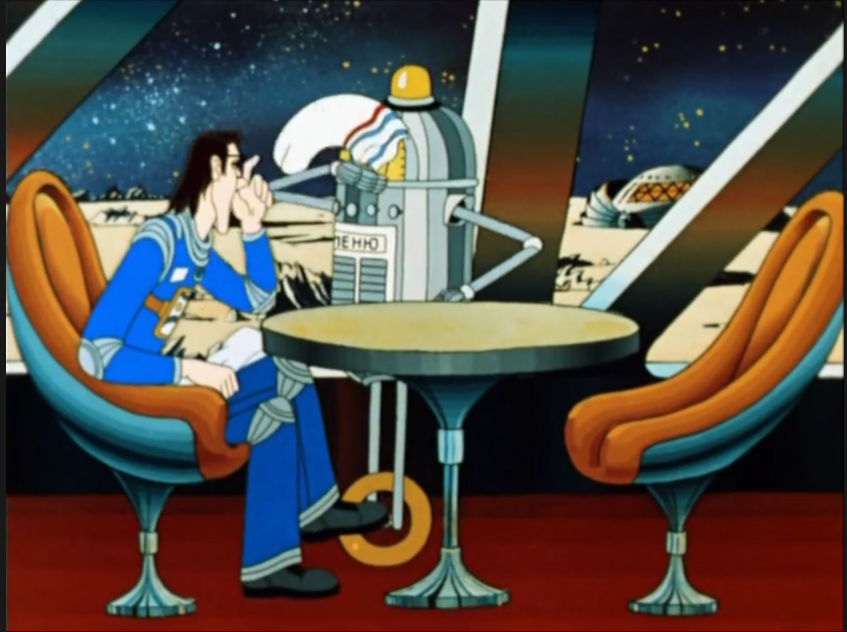
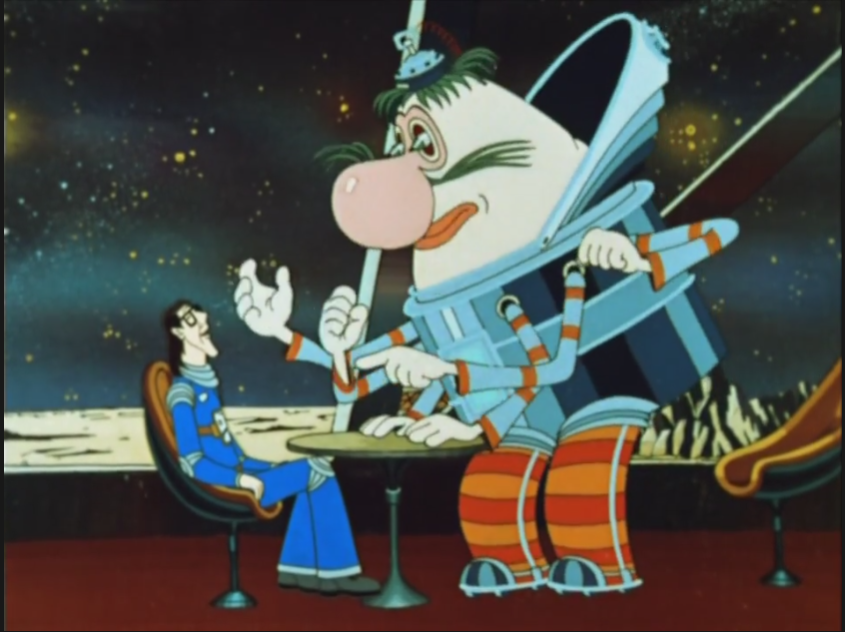
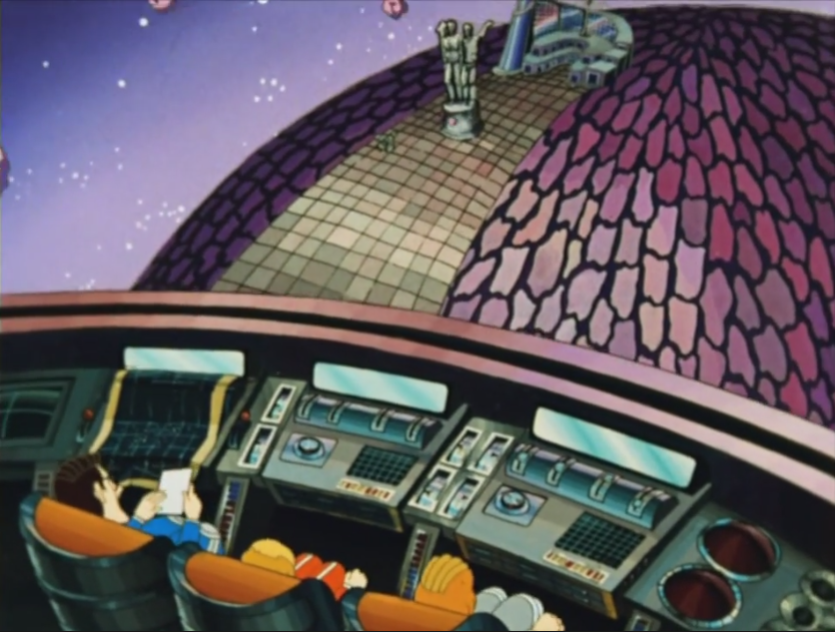
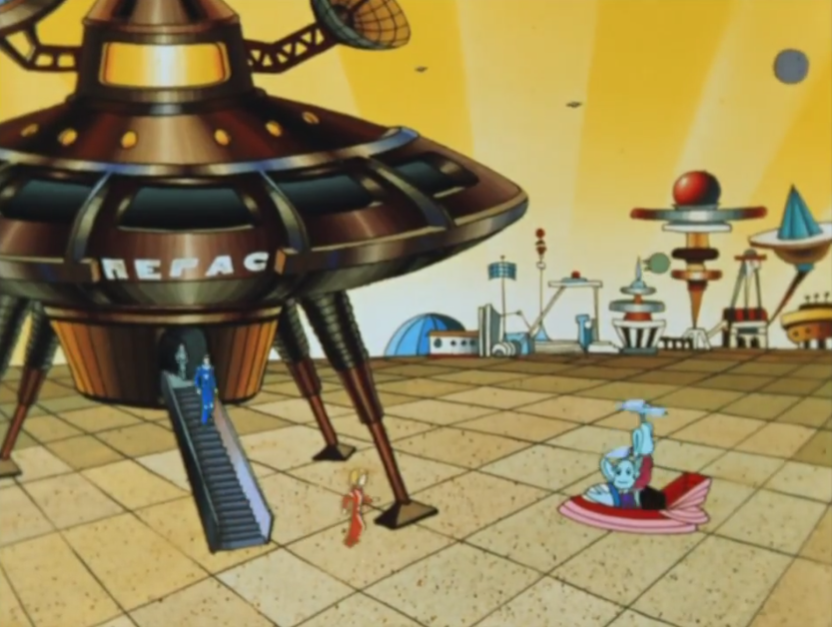
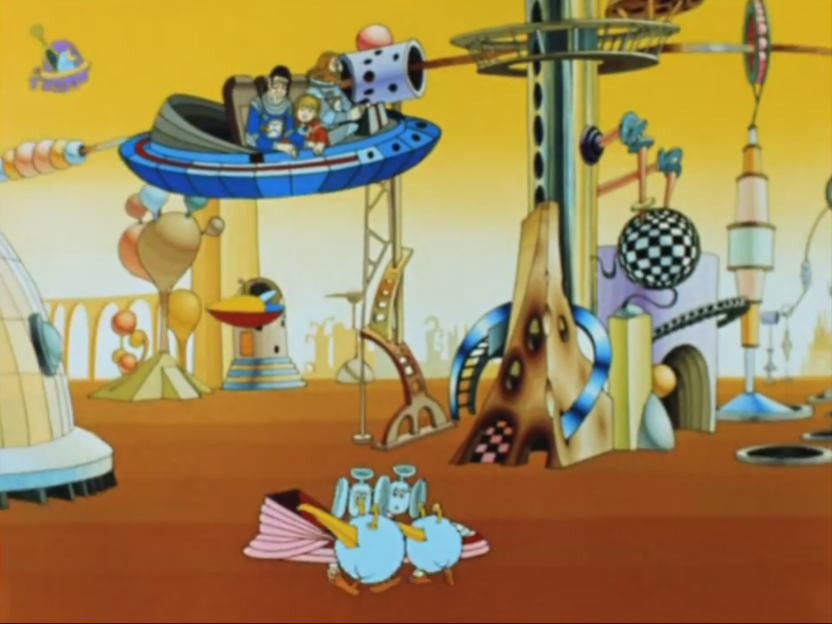
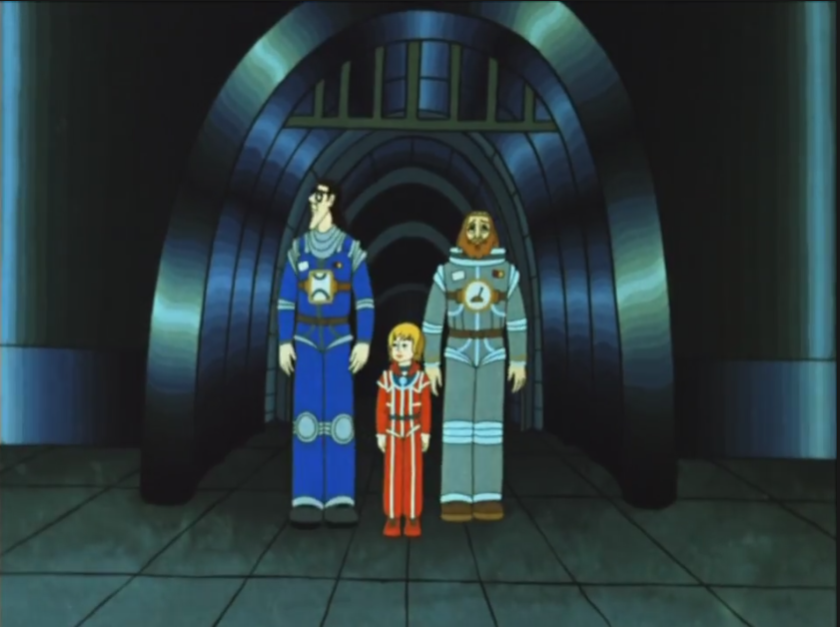
The Mystery of the Third Planet (1981)
Film review #503
Director: Roman Kachanov
SYNOPSIS: Captain Seleznyov and his daughter Alice are travelling in their spaceship to other planets to find animals for their zoo. Seleznyov runs into his old friend Gromozeka, who directs them to the Planet of Two Captains, and a museum dedicated to Captains Kim and Buran, who travelled across the universe in their own spaceship. However, they soon become embroiled in a mystery surrounding the museum’s director, and encounter danger as they try and get to the truth…
THOUGHTS/ANALYSIS: The Mystery of the Third Planet is a 1981 animated film. The film is set in the 22nd century, where we see professor Seleznyov and his daughter Alice looking for rare animals for their zoo in Moscow. On the moon, they run into Seleznyov’s friend Gromozeka, who suggests they head to the “Planet of the two Captains,” where a museum dedicated to Captain’s Kim and Buran, who travelled the universe in their spaceship, is located, and may have information about any rare or exotic animals. The story of the film embroils Alice and her Father in a mystery surrounding the fate of the Captain’s and the museum’s director Verkhovtsev. The film has a fairly short runtime at just under fifty minutes, but it fits a lot into a plot that feels complete and full of development and direction, and a mystery to unravel. It is a film primarily aimed at children, so it has to be interesting enough to keep their attention, and it certainly has plenty going on to do that. The world that it creates in the 22nd century is full of futuristic technology, high contrast colours, and weird aliens that sets up a range of interesting scenarios, but the constant moving around from planet to planet can be a bit confusing. When you’re a kid though, you’re not overly concerned about the intricacies of the plot, but rather the energy and excitement that it provides, and there’s some high stakes and danger that does that, so overall it leaves a positive impression.
The film is based on a series of books centred around the main character Alice Selznyov, which were popular in the Soviet Union with children. Alice provides a relatable character for young viewers, and is full of energy and life to fit that role. One of the highlights of the film is the alien designs: being an animated film, it has the creative scope to go wild with the alien designs, which it certainly does. Gromozeka, with his six arms and disturbing pointy eyes is the one that stands out, and is also in keeping with his appearance as described in the books. The live-action adaptations, such as the miniseries Guest from the Future and the 1987 film Lilac Ball didn’t have the budget to bring these creative designs to life, and opted for more humanoid appearances for the aliens, which is a shame. Even the human characters are distinct enough in appearance and design so that they are instantly recognisable, and despite being all different heights and sizes, they still interact seamlessly.
This film was very popular upon it’s release in 1981, and seems to have remained a favourite memory of people who grew up in that era. So much so that the 2009 film Alice’s Birthday, based on another of Alice’s adventures, has a similar art style and direction that I think tries to ride on the nostalgia of this film. It wasn’t just in the Soviet Union either: it was translated and released in the U.S. (twice) and lots of European countries too. Perhaps the runtime makes it fit neatly into a one hour TV slot (including adverts), so that might be a reason. The English dub is very much of the time and is a bit poorly produced, so if you’re going to watch this film, definitely go for the original version with subtitles. Nostalgia certainly plays a part in how fondly this film is remembered, but that’s not it entirely. It definitely does have plenty of good points independent of said nostalgia: it’s packed and energetic plot, it’s creative character designs, and it’s colourful, abstract scenery are fun and will keep the target audience entertained for its runtime. It holds up as a good film in terms of its structure, style, and design, but I’m not sure there’s enough of a spectacle compared to more modern films for younger generations to have that same feeling.

